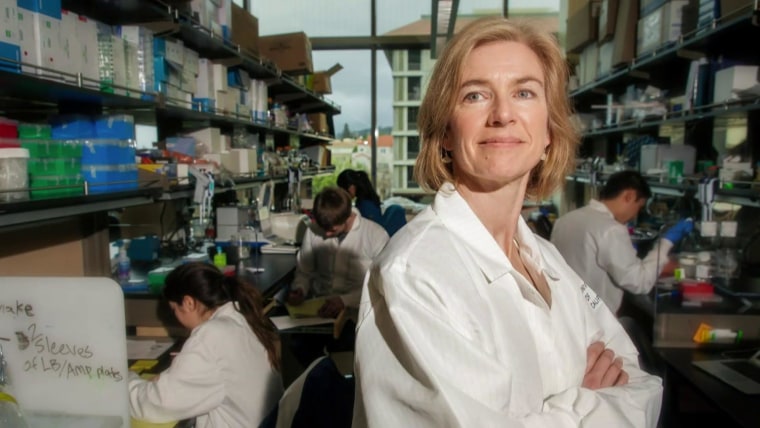Blink and you’ll definitely miss it.
Scientists have measured the shortest interval of time ever recorded, clocking how long it takes a particle of light to cross a single molecule of hydrogen.
The ultra-quick journey took 247 zeptoseconds, according to a team of German researchers, with a zeptosecond representing a trillionth of a billionth of a second. This is equivalent to the number 1 written behind a decimal point and 20 zeroes.
The findings are the culmination of global efforts to measure shorter and shorter time spans in physics, and they offer scientists a way to precisely measure atomic changes through what’s known as the photoelectric effect.
Albert Einstein proposed a theory of the photoelectric effect in 1905, describing the phenomenon in which electrons can be ejected from atoms after they are hit by light. In 1999, an Egyptian chemist, Ahmed Zewail, used ultrashort laser pulses to observe how molecules change their shape. Zewail, who would go on to win a Nobel Prize for his research, measured these miniscule changes in femtoseconds; a femtosecond is one millionth of a billionth of a second.
Now, scientists at Goethe University in Frankfurt, the Fritz Haber Institute of the Max Planck Society in Berlin and DESY, a particle accelerator in Hamburg, have measured an even shorter division of time. Their results were published Oct. 16 in the journal Science.
The researchers fired X-rays from the PETRA III accelerator at a molecule of hydrogen, which is made up of two protons and two electrons. The scientists said they used a single particle of light, or one photon, to jostle the electrons free. They then used rapid bursts from a second near-infrared laser to detect the subsequent interactions.
When the photon hit the hydrogen molecule, it ejected one electron first and then the second quickly after, akin to skipping a pebble across the surface of water, they said. The effect created waves in what’s known as an “interference pattern” that allowed the scientists to accurately measure the electrons as they were escaping.
“Since we knew the spatial orientation of the hydrogen molecule, we used the interference of the two electron waves to precisely calculate when the photon reached the first and when it reached the second hydrogen atom,” Sven Grundmann, a Ph.D. candidate at Goethe University, whose dissertation is the basis of the new study, said in a statement.
From start to finish, it took 247 zeptoseconds for the photon to cross the hydrogen molecule, though there is some variation depending on how far apart the atoms in the hydrogen molecule are when they’re hit by the photon, according to Grundmann.
“We observed for the first time that the electron shell in a molecule does not react to light everywhere at the same time,” Reinhard Dörner, a professor of atomic physics at Goethe, said in a statement. “The time delay occurs because information within the molecule only spreads at the speed of light.”













